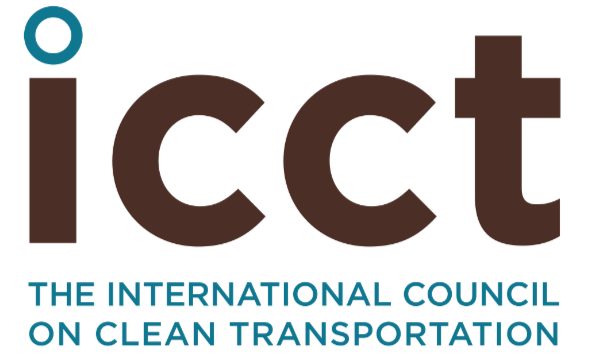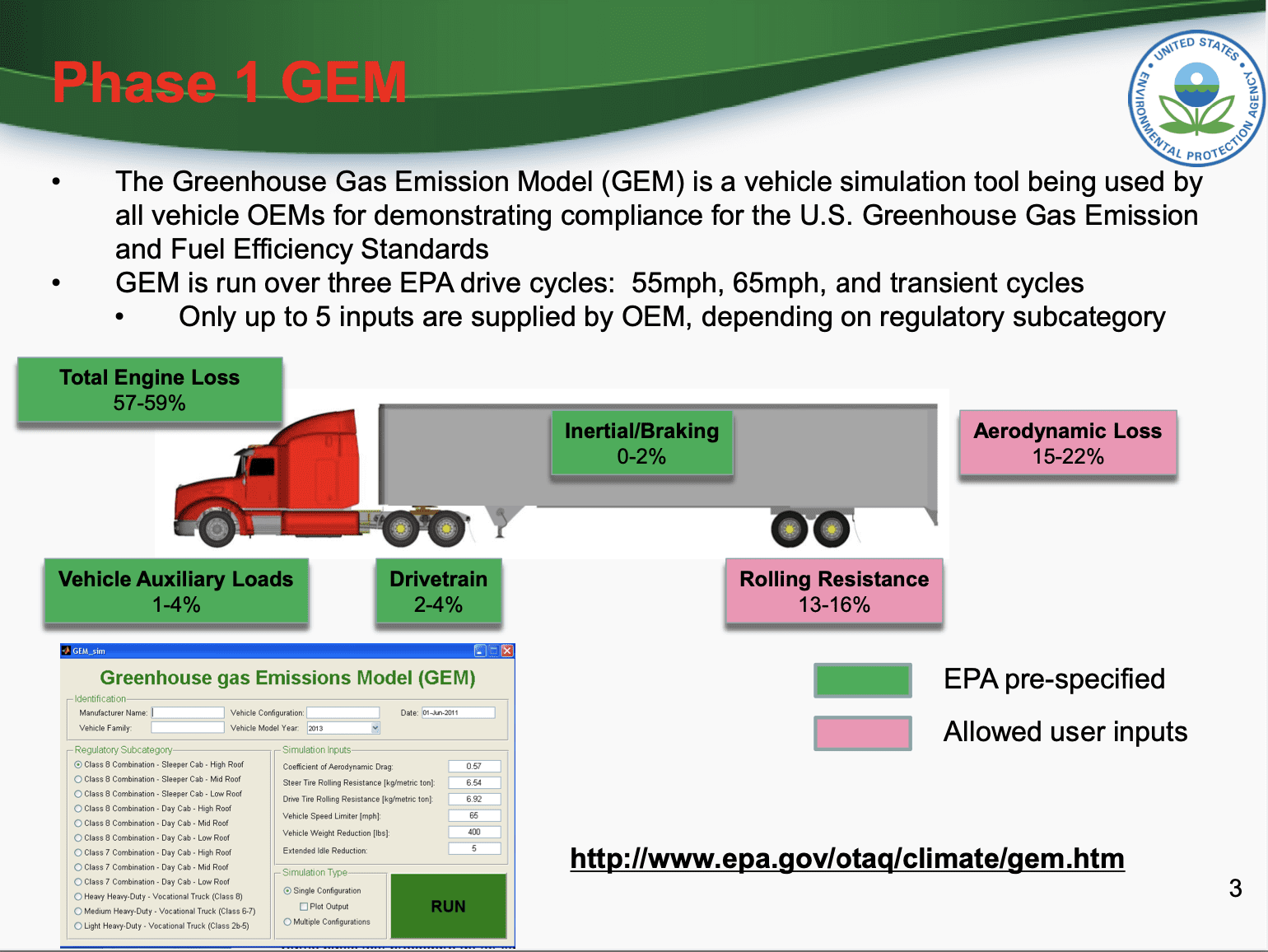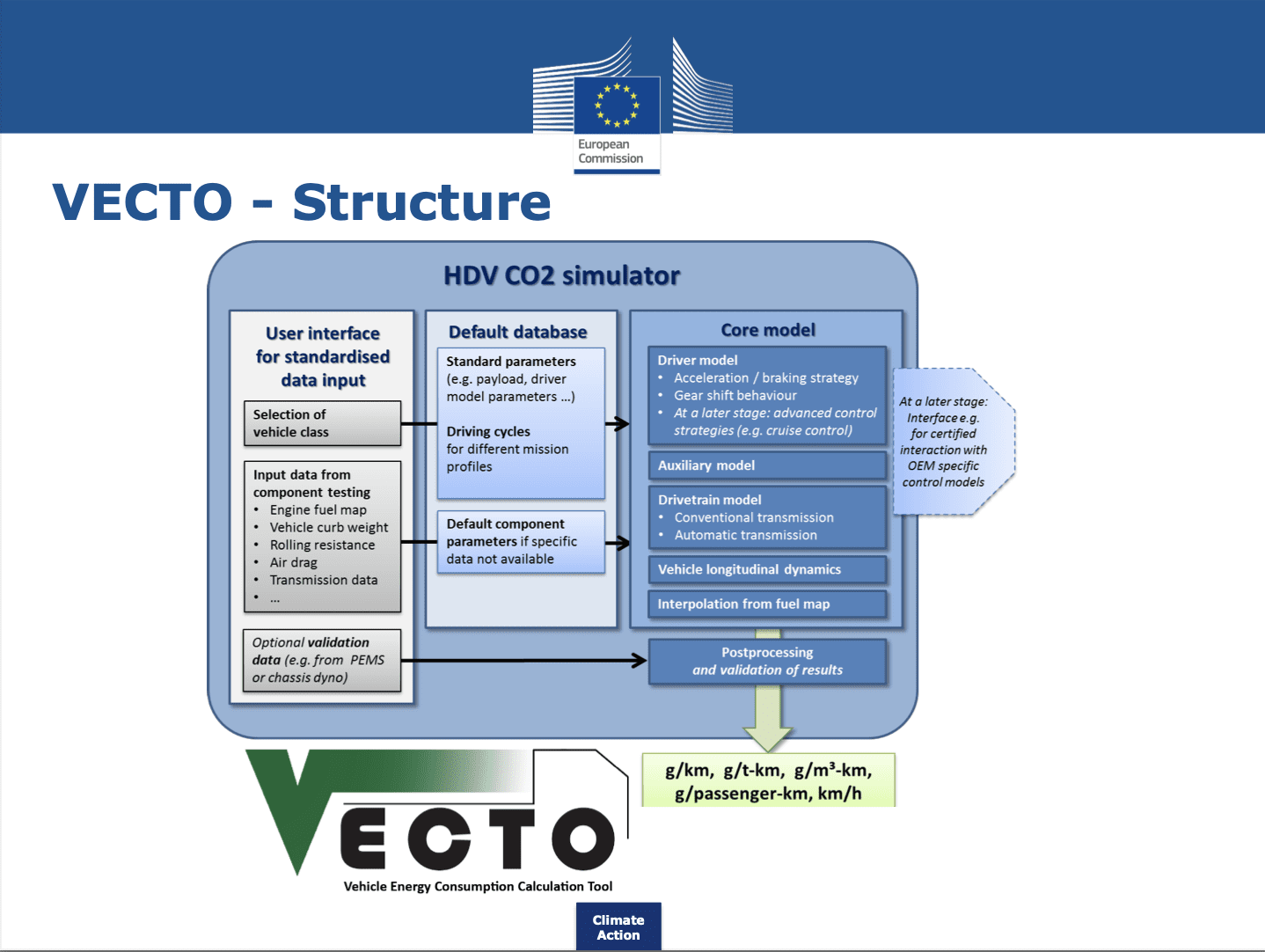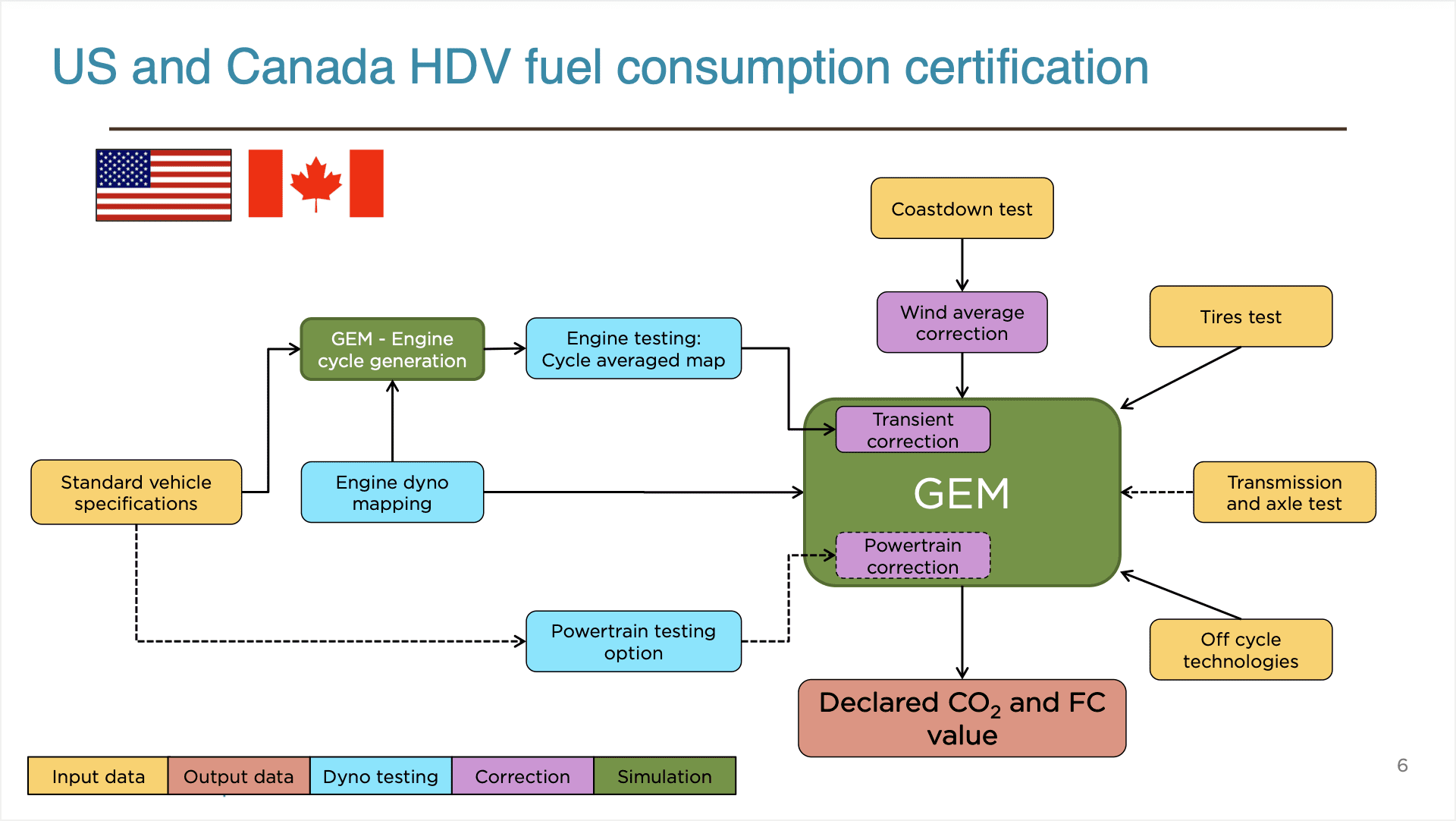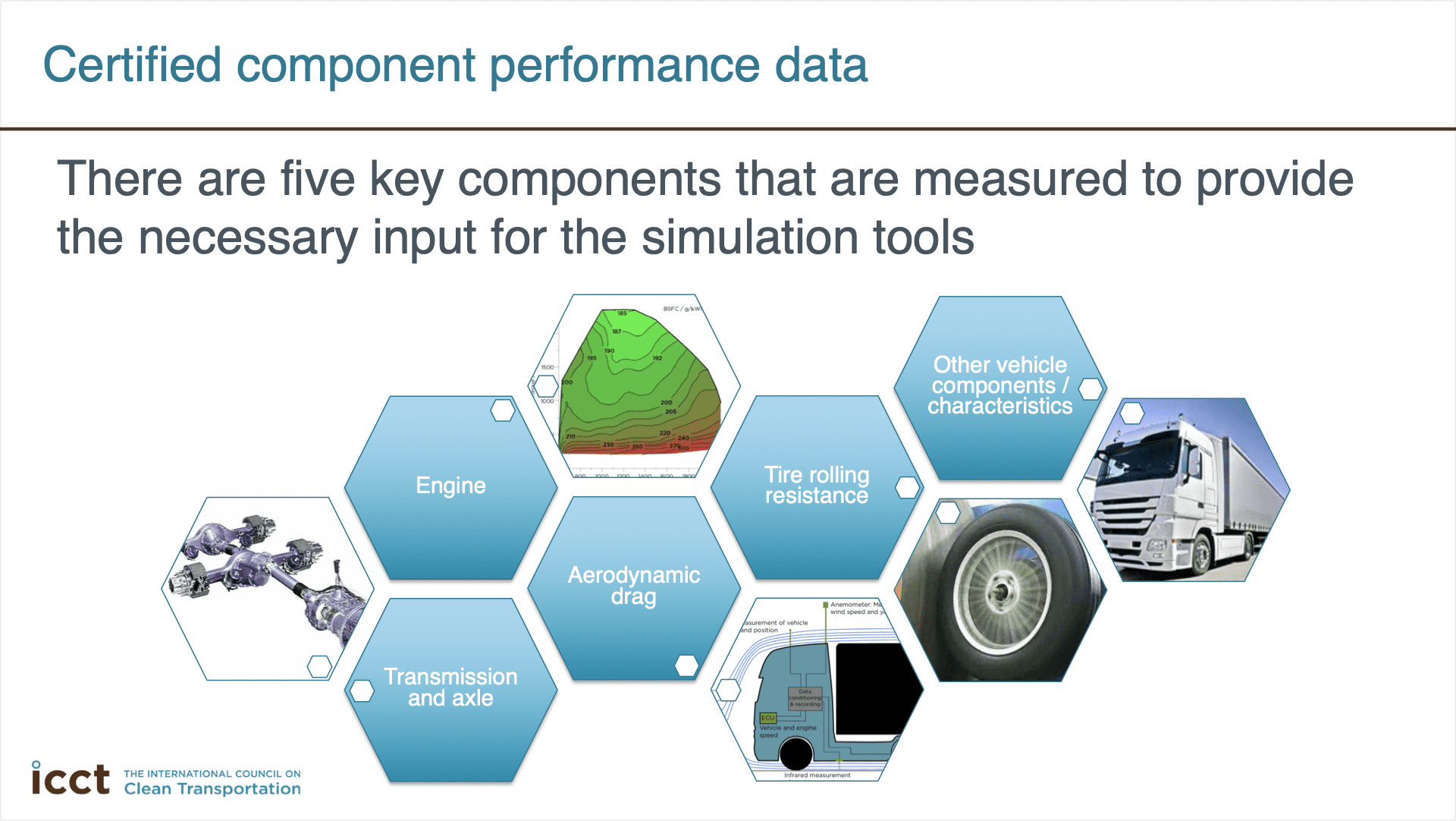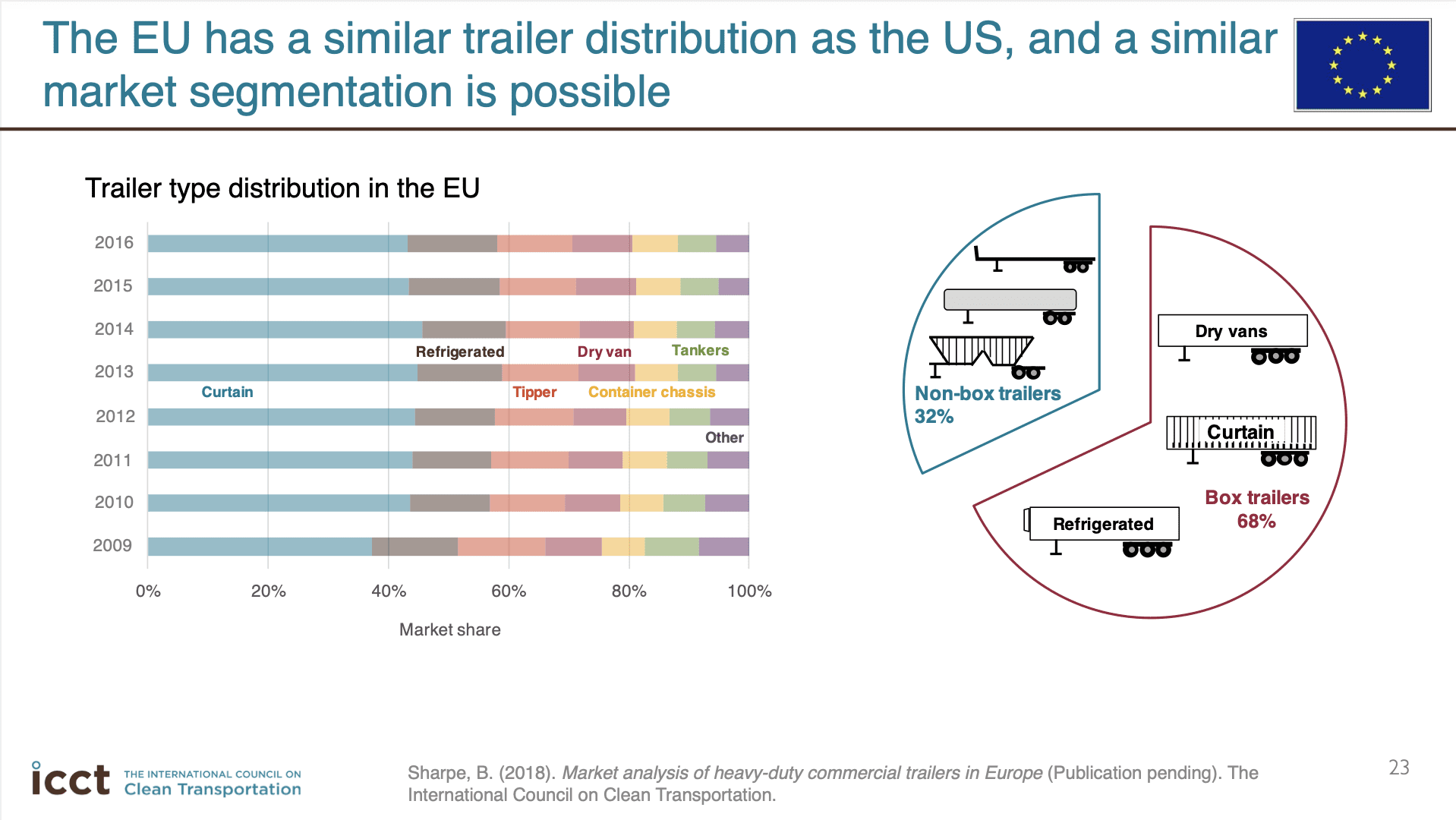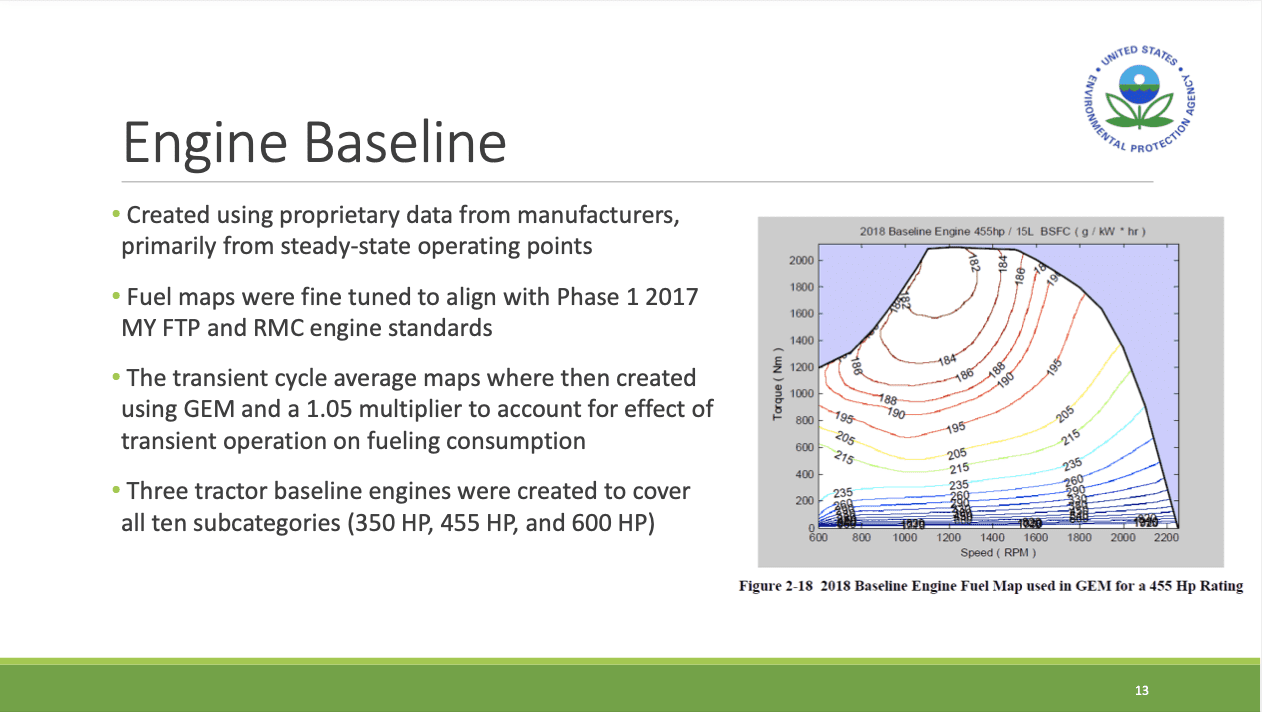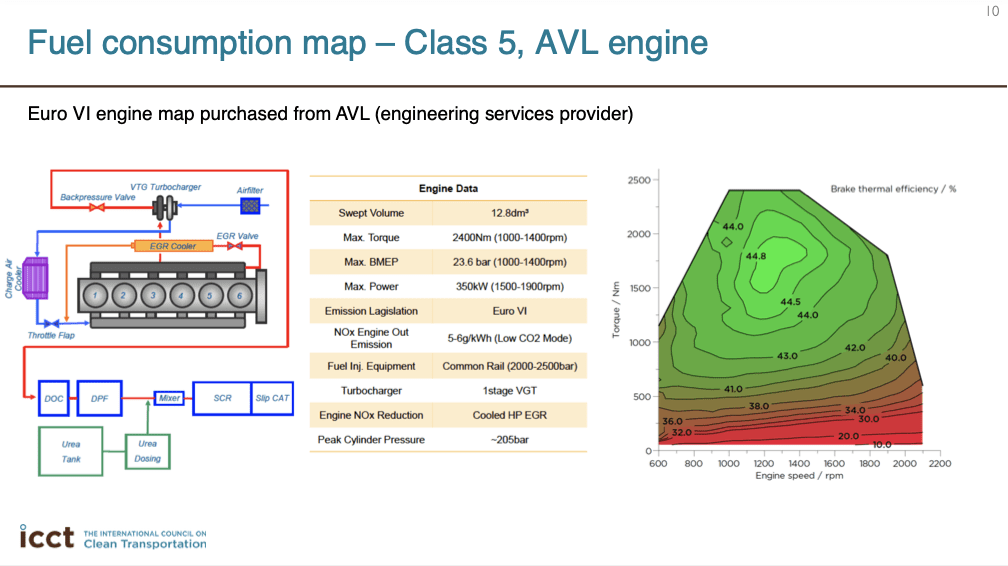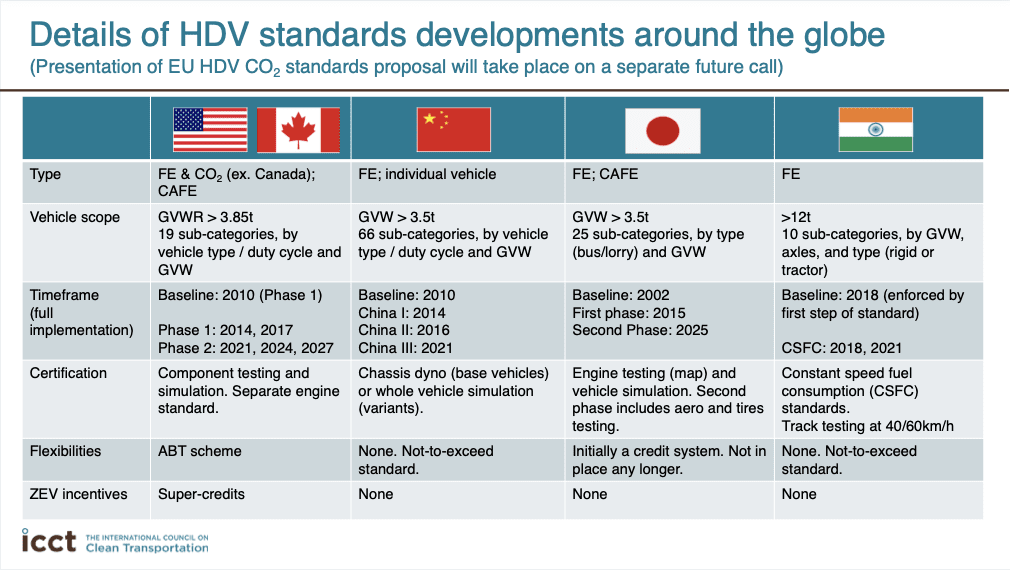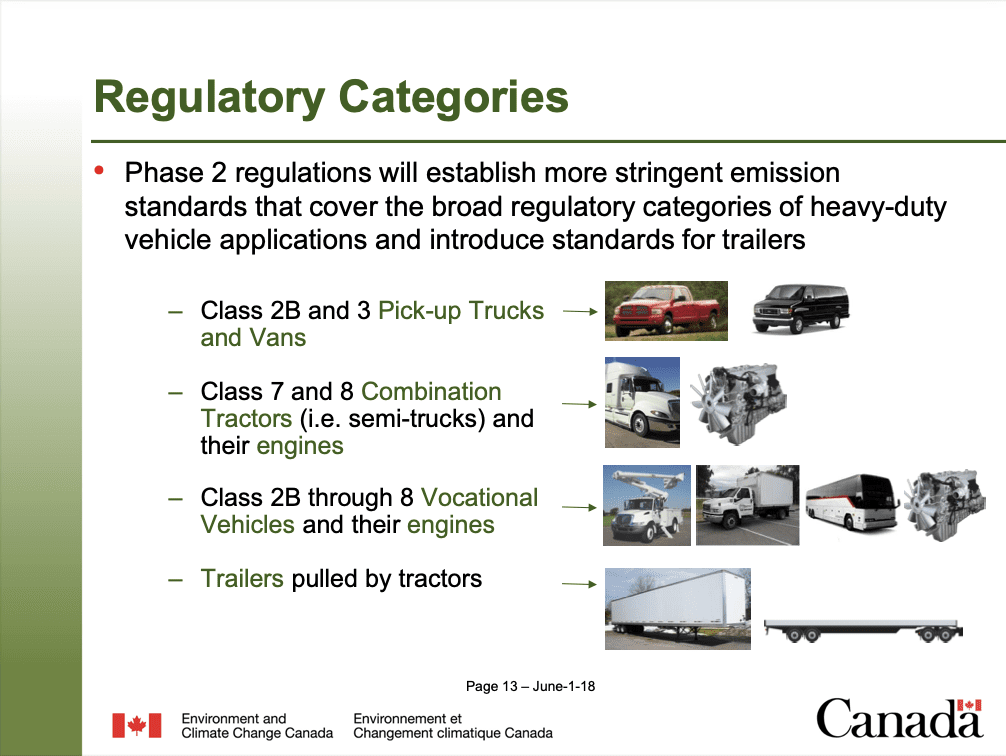
Transport Task Group
The Transport Task Group (TTG) was active from 2014 to 2022 to serve as a voluntary platform for G20 countries to share experience and work together to improve the energy and environmental performance of motor vehicles, especially heavy-duty vehicles (HDVs).
The Issue
The transport sector accounts for ¼ of global CO2 emissions from fuel combustion. Road transport accounts for ¾ of transport CO2 emissions. HDVs account for <5% of the global on-road vehicle fleet but ~40% of its energy consumption.
TTG supported G20 economies in achieving air quality and public health objectives. Transport tailpipe emissions linked to 385 (274–493) thousand premature deaths from ambient PM2.5and ozone in 2015. Global transport health impacts increased 6.6% from 2010-2015. An estimated 84% of premature deaths and nearly $1 trillion in health damages were in G20 economies.
Our Method
Build
Build domestic support and enhance capability for action to reduce the energy and environmental impacts of transportation.
Identify and exchange
Identify and exchange best practices among G20 economies on the implementation of cost‑effective energy efficiency and emission control measures in the sector.
Analyze and reach out
Assess the opportunities, barriers, and costs, and benefits of policy options, and recommend a course of action for participating G20 countries.
Meet annually
Engage in a strategic discussion of the group’s activities and future vision with TTG’s 15 participating economies: Argentina, Australia, Brazil, Canada, China, the EU (co-lead), Germany, India, Indonesia, Italy, Japan, Mexico, Saudi Arabia, the United Kingdom, and the United States (co-lead).
The value of internal cooperation
- Rapid growth and complexity of the transport sector poses a challenge to policymakers
- Policy options span regulatory, fiscal, and voluntary measures, often involving multiple ministries
- Technical issues span efficiency and emissions measurement, vehicle technology, electric vehicles, compliance programs, regulatory impact assessment
- TTG participants have noted the challenge and opportunity to think bigger and the value of a collaborative forum to facilitate the exchange of ideas quickly and readily
Five principles for reducing air pollution from transportation
1) Establish a legal framework for reducing emissions
- Air quality standards
- Transboundary agreements
- National emissions ceilings
- Nationally Determined Contributions
- Emissions inventory
- Vehicle emissions measurement
- Air quality monitoring
- Cost-benefit analysis
- Air quality action plans
3) Ensure vehicles entering the fleet are as clean as possible
- Standards for new vehicles/engines and fuels
- Compliance and enforcement
- Zero-emission vehicle policies
- Feebates and other fiscal incentives
- Identify and eliminate high-emitting vehicles
- Fleet transition through procurement and accelerated turnover
- Introduce low/zero-emission zones in highly-impacted areas
- Fiscal incentives
- Public transport improvements
- Pedestrian areas
- Walking and bicycling networks
- Planning more livable cities
Publications More Publications
Our Partners
The United States Environmental Protection Agency (US EPA) and the European Union’s Directorate-General for Climate Action (DG-CLIMA) co-led the group. Two implementing organizations supported it: the International Council on Clean Transportation (ICCT) and the Global Fuel Economy Initiative (GFEI). Participation in the TTG was voluntary and open to all G20 economies and their neighbors.
Deep-dive presentations
In 2017 and 2018, the TTG implemented a landmark project to facilitate technical and regulatory knowledge exchange among interested G20 economies and build their capacity to develop and implement HDV efficiency programs. The first phase of this project consisted of a series of virtual meetings with regulators from at least six G20 economies. The presentations for these meetings were delivered by the ICCT, the United States Environmental Protection Agency (US EPA), The European Commission’s Directorate-General for Climate Action (DG CLIMA), and Environment and Climate Change Canada (ECCC). These presentations, which are made available below, cover the key elements of HDV efficiency programs and CO2 determination and offer insights into the successful approaches taken in the United States, European Union, and Canada.
Greenhouse Gas Emission Model (GEM)—A Compliance Vehicle Model for Certification
Presented by Houshun Zhang from U.S. EPA
Introduction to the simulation model developed by the U.S. Environmental Protection Agency
Vehicle Energy Consumption Calculation Tool (VECTO)
Presented by Dimitrios Savvidis from the European Commission
Introduction to the simulation tool developed by the European Commission
Comparison of VECTO and GEM
Presented by Felipe Rodríguez from the ICCT
Shows that these tools yield similar results when run for a large set of identical vehicles. Either of these tools can be adapted to support HDV CO2 determination in other vehicle markets.
Component certification for HDV CO2 determination
Presented by Oscar Delgado and Felipe Rodríguez from the ICCT
Introduces the procedures applied in the U.S. and EU to test and certify the performance of components such as engines, tires, aerodynamics, and transmissions. The results of these tests are used as inputs to simulation models.
Market segmentation and duty cycles
Presented by Felipe Rodríguez from the ICCT
Provides examples of how different markets, including the United States, European Union, China, Japan, and India, have addressed the variety of heavy-duty vehicle types and uses.
GHG Vehicle Baselines
Presented by James Sanchez from U.S. EPA
Outlines the approach taken in the United States to determine the baseline performance of HDVs and their components.
Baseline determination in the EU and China
Presented by Oscar Delgado and Felipe Rodríguez from the ICCT
Outlines the approaches taken in the European Union and China to determine the baseline performance of HDVs and their components.
HDV efficiency program development
Presented by Felipe Rodríguez from the ICCT
Outlines key elements of HDV efficiency programs, including vehicle certification, market segmentation and duty cycles, baseline determination, regulatory flexibilities, emerging technology incentives, and trailer and engine standards.
Regulating Greenhouse Gas Emissions from New On-Road Heavy-duty Vehicles in Canada
Presented by Oscar Delgado and Julie Deschatelets from Environment and Climate Change Canada
Summarizes Canada’s practical experience developing GHG regulations for new on-road HDVs.




